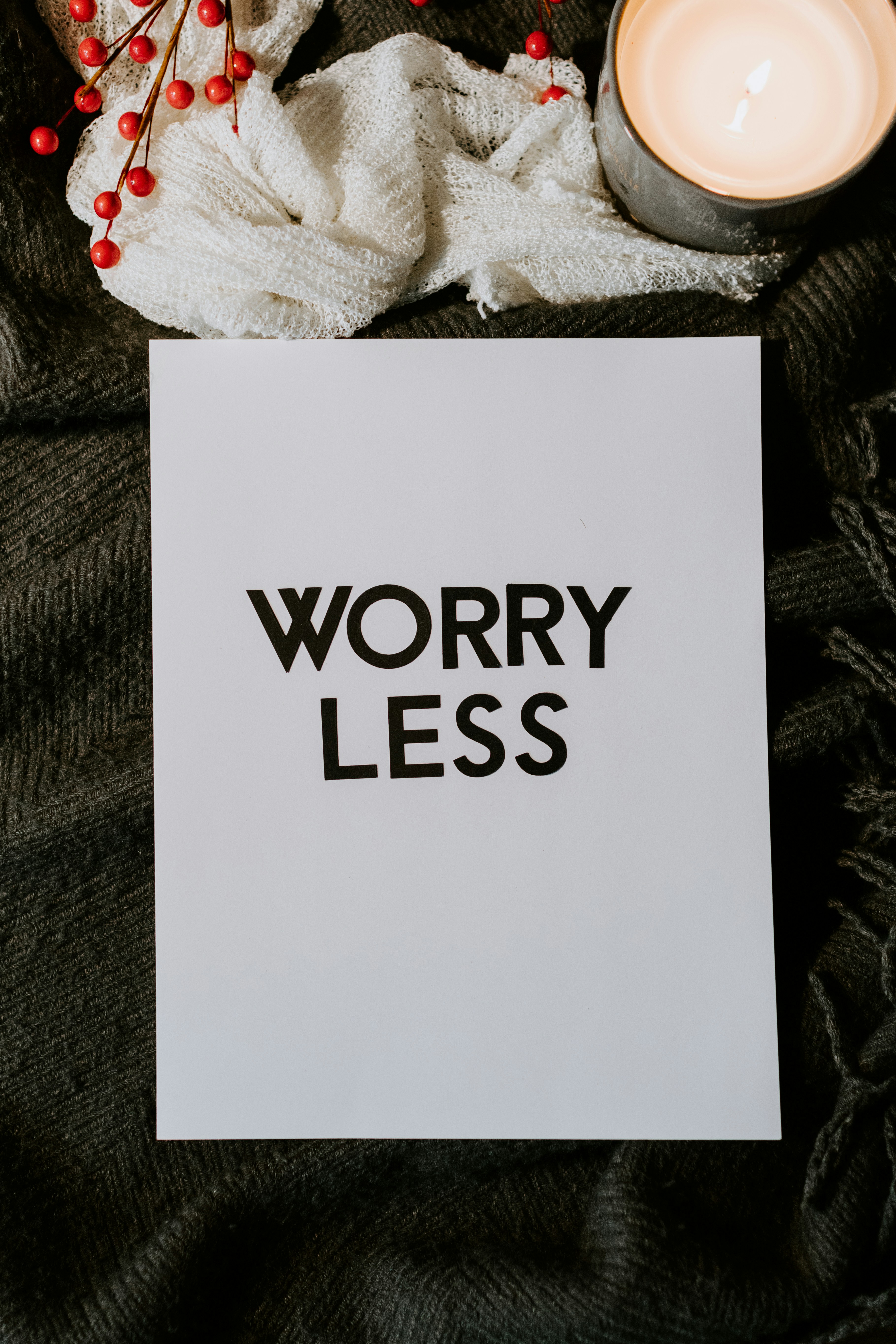Mindfulness in Practice: Exercises to Reduce Stress in 10 Minutes
In today’s fast-paced world, stress is an inevitable part of life. While long-term stress management strategies are essential, quick mindfulness exercises can provide immediate relief, helping you regain focus and calmness in just a few minutes. This article explores mindfulness techniques you can incorporate into your day to reduce stress effectively, even when you’re short on time.
What Is Mindfulness?
Mindfulness is the practice of being present and fully engaged in the moment without judgment. Rooted in ancient meditation practices, it has gained widespread recognition for its benefits in reducing stress, improving focus, and enhancing overall well-being.
The essence of mindfulness lies in intentionally observing your thoughts, emotions, and physical sensations while maintaining a sense of acceptance and curiosity.
Discover breathing techniques to reduce stress instantly.
Why Mindfulness Works
When stressed, the brain’s amygdala triggers a fight-or-flight response, which can lead to racing thoughts, increased heart rate, and tension. Mindfulness exercises help activate the parasympathetic nervous system, shifting your body into a state of rest and relaxation.
Benefits include:
-
Lower cortisol levels (stress hormone)
-
Improved emotional regulation
-
Enhanced mental clarity and focus
-
Reduced physical symptoms of stress, such as muscle tension
1. Deep Breathing Exercise
How It Works
Deep, intentional breathing slows the heart rate and calms the nervous system.
Steps
-
Sit or stand comfortably with your back straight.
-
Close your eyes and inhale deeply through your nose for a count of four.
-
Hold your breath for four seconds.
-
Exhale slowly through your mouth for six seconds.
-
Repeat for 2-3 minutes.
This exercise can be done anywhere, making it an ideal tool for reducing stress on the go.
2. Body Scan Meditation
How It Works
The body scan helps you become aware of physical tension and release it systematically.
Steps
-
Sit or lie down in a comfortable position.
-
Close your eyes and take a few deep breaths.
-
Begin at the top of your head and slowly move your attention downward.
-
Notice any tension in each body part, and consciously relax it.
-
Finish by focusing on your feet and grounding yourself to the present moment.
This practice not only reduces stress but also enhances body awareness.
3. Mindful Observation
How It Works
This technique involves fully immersing yourself in observing an object, helping you anchor to the present.
Steps
-
Choose a small object, such as a leaf, a pen, or a cup.
-
Focus your attention solely on the object.
-
Notice its texture, color, shape, and any other details.
-
If your mind wanders, gently bring your focus back to the object.
This simple exercise shifts your focus away from stressors, creating a sense of calm.
Explore how mindfulness improves focus and concentration.
4. Five Senses Exercise
How It Works
This grounding technique helps center your attention by engaging your senses.
Steps
-
Acknowledge 5 things you can see.
-
Notice 4 things you can feel.
-
Identify 3 things you can hear.
-
Recognize 2 things you can smell.
-
Note 1 thing you can taste.
By actively engaging your senses, this exercise brings you into the present, reducing anxiety and racing thoughts.
5. Gratitude Practice
How It Works
Shifting your focus to what you’re grateful for rewires your brain to emphasize positivity, reducing stress.
Steps
-
Close your eyes and take a few deep breaths.
-
Reflect on three things you’re grateful for at this moment.
-
Visualize these things clearly in your mind, noting the emotions they evoke.
-
Write them down if time permits.
This practice not only lowers stress but also fosters a positive mindset.
Learn how small acts of kindness improve mental health.
How to Incorporate These Exercises
-
Morning Routine: Start your day with a deep breathing or gratitude practice to set a calm tone.
-
Work Breaks: Use the body scan or five senses exercise during breaks to recharge.
-
Evening Wind-Down: End your day with a mindful observation or body scan meditation to release accumulated stress.
The Power of Consistency
While each of these exercises is effective on its own, their benefits multiply when practiced consistently. Over time, mindfulness becomes second nature, equipping you with the tools to navigate stress more effectively.

